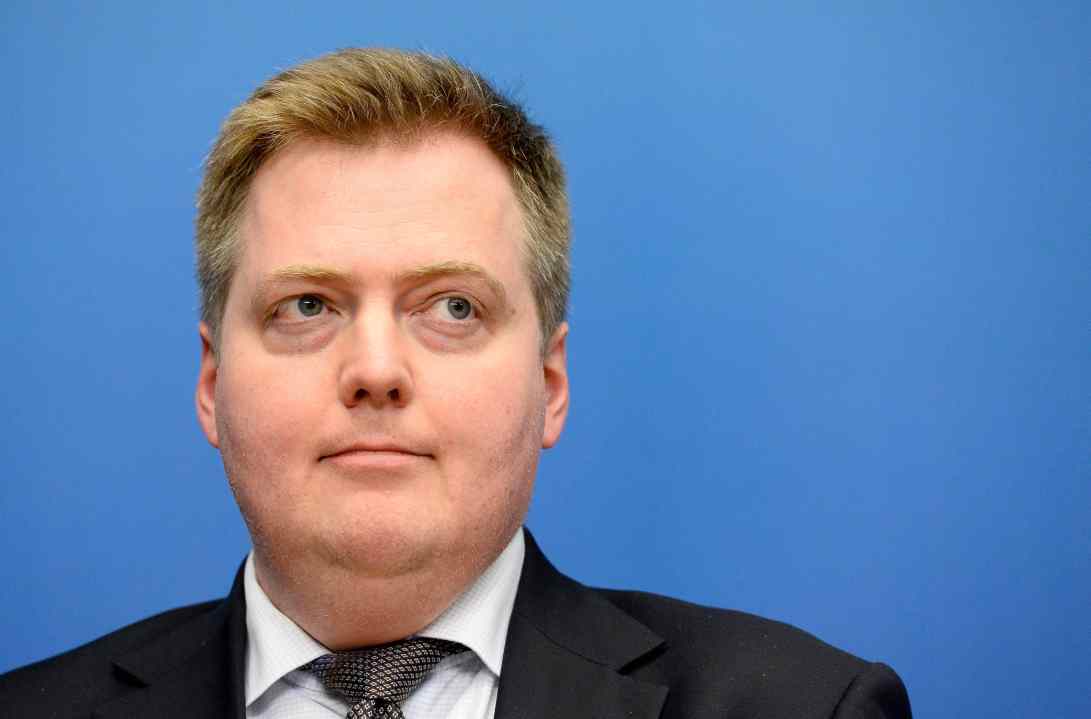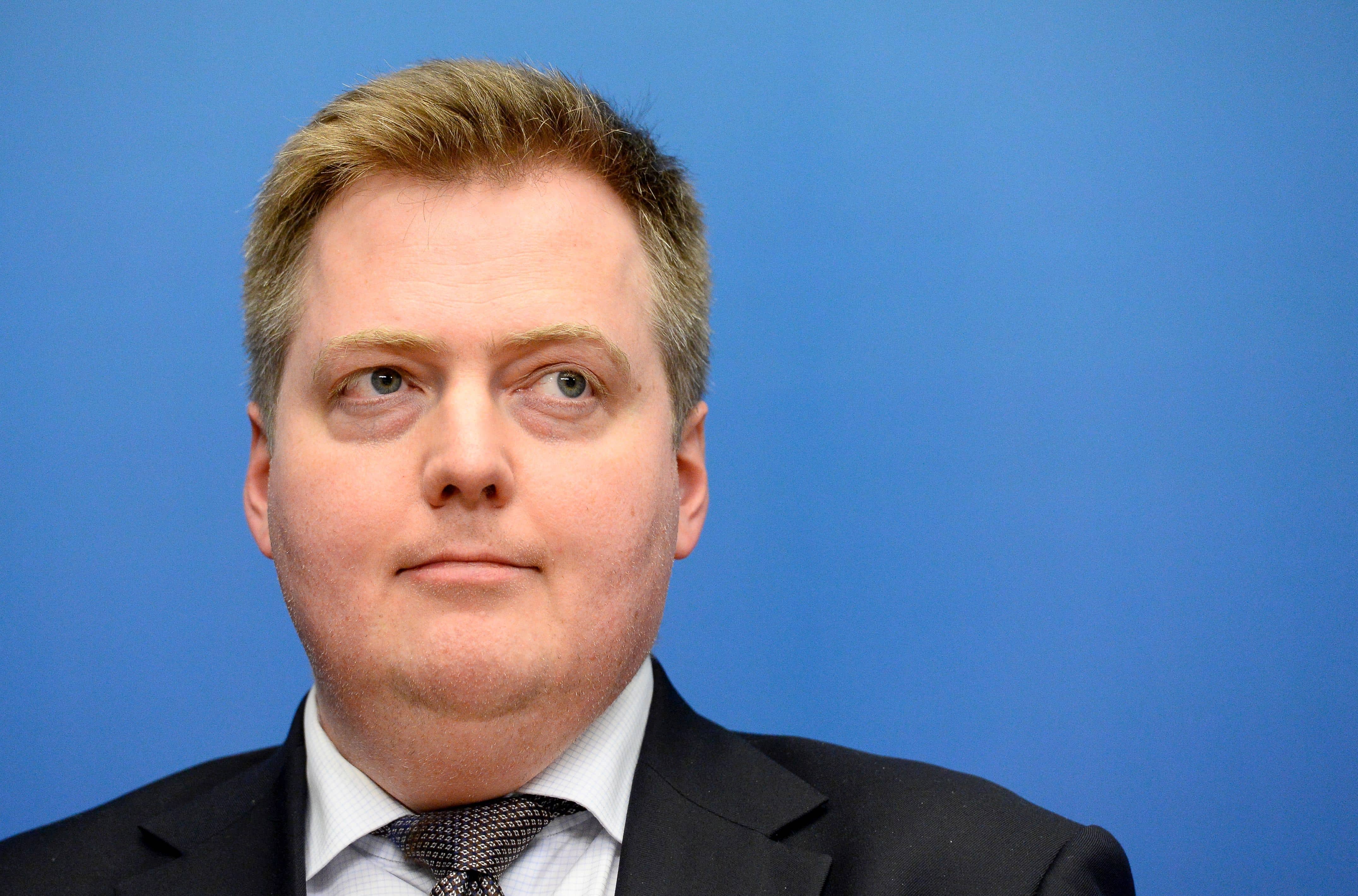I’m on my way to Glasgow for COP26. It’s the first time I have been abroad since before Covid. Conveniently enough I had already decided to visit the UK for other reasons and that gives me a chance to travel to Edinburgh by train (there’s no accommodation available in Glasgow). I will be able to tell everyone that I arrived by train. Hopefully no-one will ask how I got from my island country in the first place (it wasn’t by sailboat).
This will be my second COP conference. Previously I attended Paris 2015 as prime minister. Since then, I have publicly apologised for not having been more critical at the time. I was preoccupied with other things, primarily the unparalleled measures we took to repair the economy after the financial crises, resulting in the fastest economic revival seen by any country in living memory.
I know, it’s not a perfect excuse. I realise I should have questioned the groupthink. However, everything had been decided before I arrived. You know how this works. Nowadays politicians don’t usually make policy. They have become the spokesmen for establishment policy. Bureaucrats in the Nordic countries had for years been working on our approach to COP. In Paris it was all about solidarity, showing that we were more enthusiastic than anyone else, providing a good example and getting every country on the globe to sign up. It was all so easy. We just needed to say what we wanted to happen and then figure out later how or whether that could be achieved.
Enough with the excuses. Since Paris we have — or should have — learnt a lot. As Bjorn Lomborg has pointed out, even if the Paris accords were fully implemented (which now seems almost impossible) the effects would be minuscule. We should also realise that the West´s approach to lowering emissions is dependent on exporting production to other countries. Thus, lowering our carbon footprint, losing jobs and economic output while shifting emissions abroad.
Still the discussion about climate change continues to move from content to packaging, from a fact-based discussion towards image building. This is also the case in my home country.
Iceland is probably the most environmentally friendly country in the world. Almost 100 per cent of our electricity comes from renewables (hydro and geothermal). Home insulation is very good, and the heating comes from the warmth of the earth.
Previously I attended Paris 2015 as prime minister. Since then, I have publicly apologised for not having been more critical at the time
Yet this does not satisfy Icelandic ‘environmentalists’. They point to the fact that per capita Iceland produces more energy (and more emissions) than any other country on Earth. This is true. Proportionately Iceland is the world´s biggest energy producer by a wide margin. Producing around 55 kWh per person, we create over four times more energy than the United States and well over twice that of second-placed Norway.
Most of this energy is used for heavy industry. Particularly the production of aluminium and to a lesser extent silicon and other metals. Thus, producing more than any other European country, again apart from Norway.
This is Iceland’s greatest contribution to fighting climate change. These important and environmentally friendly metals are being produced with 100 per cent renewable electricity. Were our energy-intensive aluminium production to move to China (as has been the trend) it would likely emit ten times more CO2.
The more we produce in Iceland with our renewable energy the better it is for the planet. Yet public policy and our participation in meetings such as COP does not take this into account.
The Icelandic government has just released its report on the country´s strategy ahead of COP26. Four scenarios were drawn up. The reader is left in no doubt which scenario would be the most desirable.
In this vision for Iceland’s future, there is no aluminium production (having presumably been moved to China). ‘Both economic and population growth are comparatively low’. This is among other things ‘rooted in lower levels of private consumption’. In this scenario:
Travel demand has declined, with significantly increased emphasis on public transport and active transport modes. Diet preferences have significantly changed with increased demand for plant-based diets based on domestic/local production. Agriculture has been transformed with smaller farms and significantly reduced emphasis on raising livestock due to changes in diet preferences. As a result, the numbers of sheep and cattle in the country have significantly declined.
So, the plan is that Iceland will stop doing the things that have proven most beneficial to limiting worldwide carbon emissions and the population will become poorer. It is then explained that people will travel less and we will have fewer tourists. What will be left of livestock will be fed on seaweed in a country where there is an abundance of grass. This is meant to save the planet by reducing the flatus of Icelandic cows.
The government recently decided to go further than other countries in decreasing emissions, undoubtedly hoping for a good reception at COP26. Proportionately this will be difficult for a country that already produces nearly all its energy from renewables. But ‘environmentalists’ have an ace up their sleeve. Farmland will be turned into wetlands. As the theory goes drying land for agriculture released CO2 that had been trapped in the ground for millennia.
These CO2 emissions of past decades and centuries have not been counted as part of Iceland’s emissions. But now the plan is that if we destroy farmland and turn it into wetlands that will lock in CO2. This might seem as sensible as putting the lid on a jar and expecting it to fill up again. It also means that we may have to look past all the methane the wetlands will produce (methane being a 25 times more potent greenhouse gas than CO2). Never mind the fact that planting trees rather than creating wetlands would by all accounts be more effective.
Already the government and private companies are offering people indulgences whereby they can make up for their climate sins by supporting the creation of more wetlands (without knowing whether they are increasing or decreasing the production of greenhouse gasses). It has all become institutionalised.
‘The Science’ on this is very shaky so the government proposes further research. But don’t worry, few will have any incentive to doubt the proposed conclusion. At least they are hardly likely to get much funding.
Meanwhile, the fascinating fact remains that if the next aluminium smelter were built in Iceland rather than in China, globally, that would more than make up for all of Iceland’s current CO2 emissions. I am not proposing another smelter (we have enough) but the same logic applies to any energy-intensive industry making use of renewable energy in Iceland rather than coal somewhere else. The problem is that the West is not looking at the big picture. Our approach to climate issues is instead focused on local grandstanding. At the same time production, jobs, economic output and emissions are being sent elsewhere.
The Indian Prime Minister Narendra Modi showed commendable honesty in saying that his country would not reach net zero before 2070. He could have just said 2050 and been applauded without having to worry about it. Whether 2070 turns out to be a realistic target for India depends on technological advances in the next half-century.
In the meantime, it seems likely that the West will have further shifted its production to other countries, continued to tax and inconvenience its citizens (particularly the poorer ones) while creating enormous green wealth for international conglomerates.
I am not familiar with the Chinese sense of humour, but I am sure they are laughing all the way to the coal mine. I´m off to Glasgow and will let you know if we get this thing sorted.







Comments